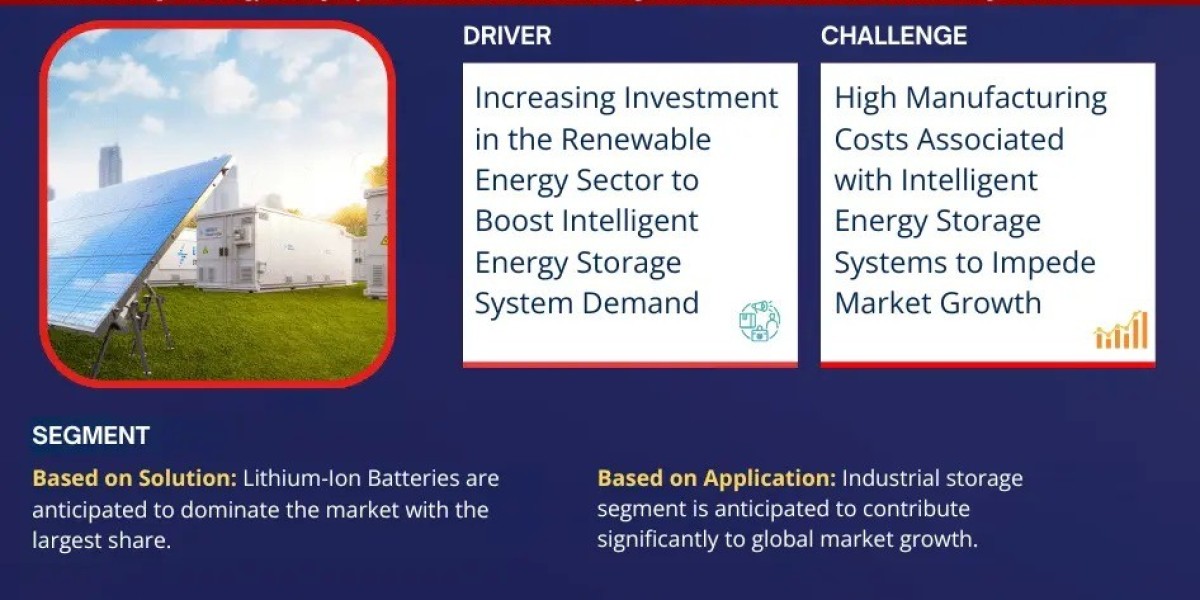In the early days of the internet, web design was simpler, often driven by text links and basic instructions. One phrase that was used extensively across websites was “Click here.” Whether it was to download a file, navigate to another page, or access additional information, “Click here” became synonymous with digital engagement. For many years, it was a standard phrase that guided users’ actions, appearing in buttons, links, and even email calls to action (CTAs).
However, as the web has evolved, so too has the way we interact with it. The phrase “Click here” has been largely replaced by more user-friendly, context-rich, and action-oriented calls to action. Today, it’s no longer a best practice in web design or digital marketing. Why did “Click here” lose its effectiveness, and what has replaced it? In this article, we will explore the rise and fall of “Click here” and how the digital landscape has evolved to meet the needs of modern users.
The Rise of "Click Here" in the Early Internet
When the World Wide Web first emerged, it was an entirely new experience for most people. Websites were primarily text-based, and users had to learn how to interact with the digital space. Early web design was minimal, and clear guidance was essential to help users navigate this unfamiliar territory.
The phrase “Click here” became the go-to instruction for websites, appearing in hyperlinks, banners, and buttons. Its simplicity was its strength: users knew exactly what was expected of them, and it was an easy way for developers to direct users toward content. In an era when web design was basic and functionality was paramount, “Click here” served its purpose well.
As the web grew, so did the complexity of websites. More images, videos, interactive elements, and advanced navigation systems emerged. However, the principle of guiding users with a clear action remained. “Click here” was often placed prominently to direct users to download files, access new pages, or engage with interactive elements. It was an essential part of early web design and user experience.
The Downfall of "Click Here"
Despite its early success, “Click here” has slowly fallen out of favor in the modern internet landscape. There are several reasons for this shift, ranging from the evolution of user behavior to changes in web design principles and search engine optimization (SEO) strategies. Below are the primary reasons why “Click here” is no longer as effective as it once was.
1. Lack of Specificity and Clarity
One of the key drawbacks of “Click here” is that it offers no context. It simply tells users to click on a link or button, but it doesn’t explain what will happen next. Users today are much more sophisticated than they were in the early days of the internet. They want to know exactly what they’re clicking on and what value they’ll receive.
In modern web design, it’s important to provide context with clear, actionable language. For example, instead of saying “Click here to download”, a more effective CTA might be “Download your free eBook on SEO tips”. This version gives users more information about what they can expect when they take action. It’s more engaging and informative, making it more likely that users will follow through.
2. SEO and Link Relevance
In the early days of the internet, “Click here” was a convenient phrase that didn’t raise concerns about SEO or link relevance. However, as search engines like Google have evolved, they now prioritize the use of meaningful anchor text in links. The phrase “Click here” is essentially meaningless to search engines. It doesn’t provide any indication of the content the link is pointing to, which can negatively impact SEO.
For example, instead of using “Click here” as the anchor text in a link, it’s far more beneficial to use descriptive, keyword-rich text that tells search engines—and users—what the page is about. A link with anchor text like “Learn more about our SEO services” is more informative and relevant, both for SEO and for users. By making links more descriptive, websites improve their chances of ranking higher on search engines and driving organic traffic.
3. The Mobile Revolution
The mobile internet experience has dramatically changed how people interact with websites. With the rise of smartphones and tablets, web designers had to adapt their strategies to create mobile-friendly websites. Small screens, touch-based interfaces, and the need for fast-loading pages have all influenced modern web design.
On mobile devices, “Click here” simply doesn’t make sense. First, many users are tapping on buttons rather than clicking with a mouse, which makes the phrase “Click here” inaccurate. Second, mobile users expect streamlined, concise information that tells them exactly what to do. A simple instruction like “Click here” is vague and doesn’t add any value.
Modern mobile-friendly CTAs are more action-oriented and often focus on what the user will gain by tapping a button or link. For example, instead of “Click here”, a mobile website might use “Get your free trial now” or “Start shopping today”. These types of CTAs are more engaging, clear, and user-friendly.
4. The Rise of User Experience (UX) Design
User Experience (UX) design has become a critical component of web development. Today’s websites are designed with the goal of creating seamless, intuitive, and enjoyable experiences for users. The focus is on guiding users through a process with clear instructions, helpful information, and actionable steps.
“Click here” doesn’t align with modern UX principles. It’s an impersonal and vague instruction that doesn’t provide any real value. In contrast, modern CTAs focus on creating a sense of urgency or offering something beneficial. For instance, instead of using “Click here” to encourage users to sign up for a newsletter, a better CTA would be “Join 10,000+ happy subscribers” or “Get exclusive tips in your inbox”. These CTAs are more appealing because they provide context and an incentive for the user to take action.
5. Accessibility and Inclusivity
Another reason “Click here” is becoming outdated is that it can be inaccessible to some users. People with disabilities who rely on screen readers or assistive technology may have difficulty understanding what the phrase “Click here” refers to, especially when it’s used as the only text in a hyperlink.
Modern web design focuses on making websites accessible to everyone, regardless of ability. This means using descriptive language in CTAs and links that provide context to all users. For example, instead of “Click here”, a link could say “Download the PDF version of this article” or “View the full product details”. This type of descriptive language improves accessibility and ensures that all users can navigate the site effectively.
Replacing "Click Here": Modern Web Design Best Practices
As “Click here” has fallen out of favor, new best practices have emerged for creating effective CTAs that are both user-friendly and SEO-friendly. Here are some examples of modern alternatives to “Click here”:
1. Descriptive, Action-Oriented CTAs
Rather than simply telling users to click, modern CTAs focus on the action and what the user will gain. For example:
“Start your free trial”
“Download your free guide”
“Sign up for exclusive updates”
These CTAs clearly tell the user what to do and what they will get in return.
2. Personalized CTAs
Personalization is a key trend in modern web design. By tailoring CTAs to individual users based on their behavior or preferences, websites can create a more engaging experience. For example:
“Welcome back, [Name]! Continue your journey”
“Pick up where you left off”
Personalized CTAs increase user engagement and make the user feel more connected to the website.
3. Creating a Sense of Urgency
Adding urgency to CTAs can encourage users to take immediate action. Phrases like “Limited time offer”, “Hurry, only a few spots left”, or “Sign up before it’s too late” motivate users to act quickly.
4. Clear, Contextual CTAs
Contextual CTAs tell the user exactly what will happen if they take action. For example:
“Read our latest blog post on digital marketing”
“Shop the new collection of summer clothes”
These CTAs provide clarity, ensuring that users know exactly what they can expect when they click.
Conclusion: Moving Beyond "Click Here"
The phrase “Click here” was once a useful tool for guiding users in the early days of the internet. However, as web design has evolved, it’s become clear that more descriptive, action-oriented, and user-centered language is needed to drive engagement. By replacing “Click here” with modern CTAs that provide value, context, and clarity, websites can improve user experience, enhance accessibility, and boost SEO performance.
As the digital landscape continues to evolve, web design will continue to focus on delivering personalized, intuitive experiences that meet the needs of today’s sophisticated internet users.

